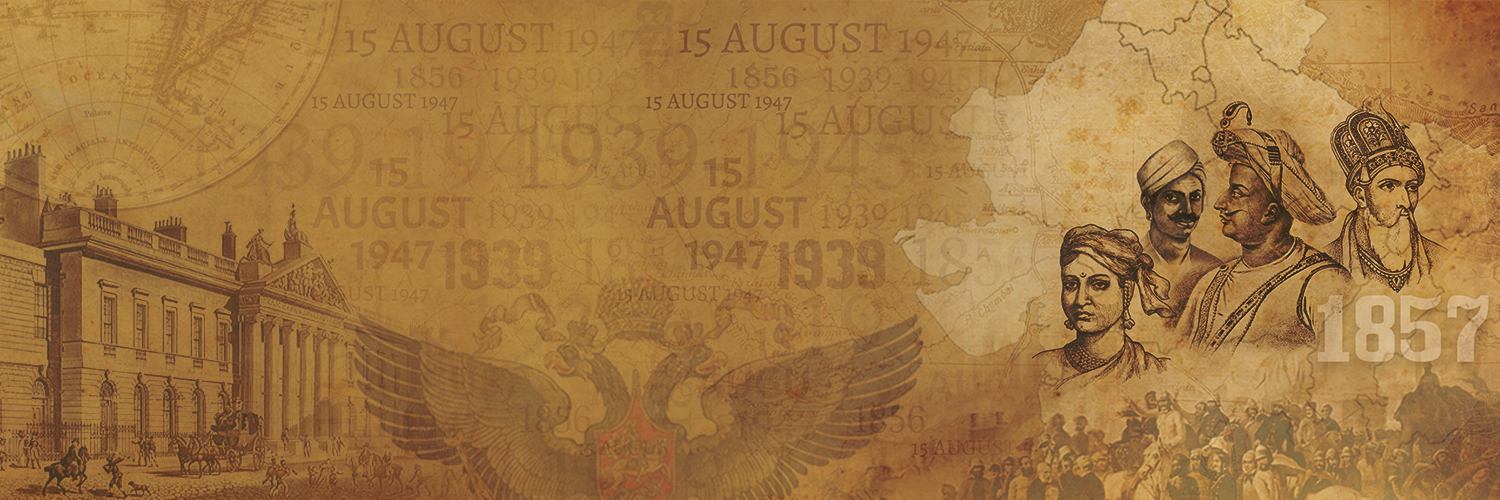Differing Strands within the Movement
The Movement in the Towns
- The movement started with middle-class participation in the cities.
- The economic front also faced dramatic effects of non-cooperation.
- But this movement in the cities gradually slowed.
Rebellion in the Countryside
- From the cities, the Non-Cooperation Movement spread to the countryside.
- It drew into its fold the struggles of peasants and tribals which were developing in different parts of India in the years after the war.
- Tribal peasants interpreted the message of Mahatma Gandhi and the idea of swaraj in yet another way.
Swaraj in the Plantations
- Workers interpreted the term swaraj in their own ways, imagining it to be a time when all suffering and all troubles would be over.
- When they acted in the name of Mahatma Gandhi, or linked their movement to that of the Congress, they were identifying with a movement which went beyond the limits of their immediate locality.
Towards Civil Disobedience
- In February 1922, at Chauri Chaura in Gorakhpur, a peaceful demonstration in a bazaar turned into a violent clash with the police.
- Within the Congress, some leaders were by now tired of mass struggles and wanted to participate in elections to the provincial councils that had been set up by the Government of India Act of 1919.
- R. Das and Motilal Nehru formed the Swaraj Party within the Congress to argue for a return to council politics.
- Younger leaders like Jawaharlal Nehru and Subhas Chandra Bose pressed for more radical mass agitation and for full independence.
- During this time, the new Tory government in Britain constituted a Statutory Commission under Sir John Simon.
- The commission did not have a single Indian member.
- When the Simon Commission arrived in India in 1928, it was greeted with the slogan ‘Go back Simon’.
- Lala Lajpat Rai was assaulted by the British police during a peaceful demonstration against the Simon Commission.
- He succumbed to injuries that were inflicted on him during the demonstration.
- In October 1929, Lord Irwin, announced a vague offer of ‘dominion status’ for India in an unspecified future, and a Round Table Conference to discuss a future constitution, in an effort to win over the Congress and the Muslim League.
- But the congress leaders were not satisfied.
The Salt March and the Civil Disobedience Movement
- On 31 January 1930, Mahatma Gandhi sent a letter to Viceroy Irwin stating eleven demands.
- The most stirring of all was the demand to abolish the salt tax.
- Thousands in different parts of the country broke the salt law, manufactured salt and demonstrated in front of government salt factories.
- By this Gandhi-Irwin Pact, Gandhiji consented to participate in a Round Table Conference.
- In December 1931, Gandhiji went to London for the conference, but the negotiations broke down and he returned disappointed.
How Participants saw the Movement:
- In the countryside, rich peasant communities like the Patidars of Gujarat and the Jats of Uttar Pradesh were active in the movement.
- On the contrary, the poorer peasantry were not just interested in the lowering of the revenue demand.
The Limits of Civil Disobedience
- The abstract concept of swaraj could not successfully move all social groups.
- Dr B.R. Ambedkar organised the dalits into the Depressed Classes Association in 1930.
- The Muslim political organisations in India also did not participate in the Civil Disobedience Movement wholeheartedly.
- When the Civil Disobedience Movement started there was thus an atmosphere of suspicion and distrust between communities.
Quit India Movement
- On 14 July 1942, the Congress Working Committee, passed the ‘Quit India’ resolution demanding the immediate transfer of power to Indians and quit India.
- On 8 August 1942 in Bombay, the All India Congress Committee endorsed the resolution which called for a non-violent mass struggle on the widest possible scale throughout the country.
- The call for ‘Quit India’ brought the country to a standstill as people voluntarily threw themselves into the movement.
